This post was originally published as a guest post for Michelle’s Monster and Book series over at Because Reading Is Better Than Real Life. In it, I take a look at dragons (of course!) — specifically the dragons in Naomi Novik’s Temeraire series.

I’m not sure when I first became interested in dragons. It might have been when I read The Voyage of the Dawn Treader, where Eustace is turned into a dragon, and it changes him for the better. It might have been when my uncle read The Hobbit to us, and I first encountered Smaug. But I can tell you the instant I fell in love with dragons: it was the very first time I read Anne McCaffrey’s Dragonquest. McCaffrey’s dragons were different. They weren’t monsters, and they weren’t evil; they were partners. I longed for something like the bond between dragon and dragonrider.
The dragons of Pern are still dear to me (along with their tiny cousins, fire lizards), but lately they have a rival for my affections in Naomi Novik’s Temeraire series. In Novik’s books, dragons are sentient, and they bond to their rider emotionally, but not psychically as the Pernese dragons do. Novik’s dragons are bound in service to the Aerial Corps, serving the crown as the British air force in the Napoleonic Wars. Temeraire himself is something of a fluke: when his egg is captured along with a French ship, he hatches aboard the victorious British vessel and bonds to her captain, William Laurence. Laurence becomes more and more attached to Temeraire, who refuses to consider any of the Aerial Corps candidates. Eventually Laurence gives up his Navy commission and joins the Aerial Corps, a less socially acceptable service, in order to stay with Temeraire.
Because Laurence hasn’t been trained in the Aerial Corps’ culture, he educates Temeraire and allows him to think for himself. This freedom of thought and eventual exposure to other cultures, particularly China (where dragons are considered full members of society) leads Temeraire to see the European treatment of dragons as slavery. He begins to challenge many of the assumptions and traditions the British hold dear. But even when he and Laurence disagree, they remain deeply attached to each other, and Laurence’s growth and development are largely due to Temeraire’s presence and influence in his life.
One of the best things about the series (besides the dragons, and Laurence and Temeraire’s relationship) is that the duo aren’t confined to Britain. Over the course of the series, they travel to China, make their way cross-country from there to Constantinople, continue on across war-torn Europe, spend time in Africa seeking a cure for a devastating dragon disease, are sent to the Australian penal colony, find themselves in South America, and travel from there to Japan and then Russia before chasing Napoleon back to Paris in the ninth (and final) book.
These books are really amazing. They’re extremely well-written, from social interchanges to aerial battles, and the dialog and narration have a decidedly early-19th-century flavor without being dry or stilted. Imagine a cross between Jane Austen, Patrick O’Brian (Master and Commander), and Anne McCaffrey, and you’ll have some idea of how awesome these books are.
By the way, if you like audiobooks, the narrator, Simon Vance, is extremely good, and I highly recommend them.


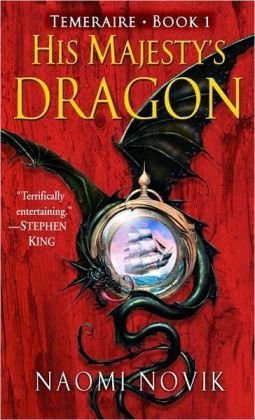
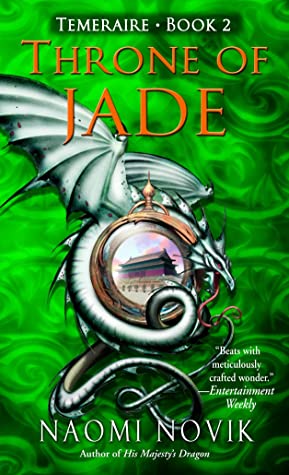











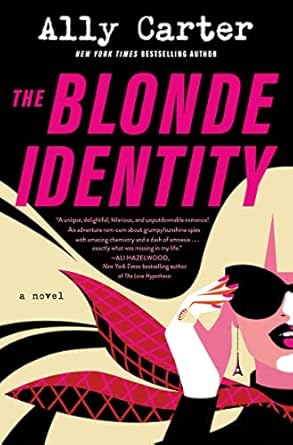
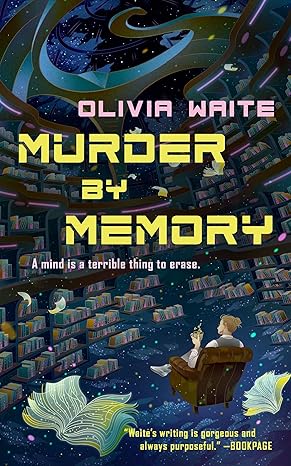
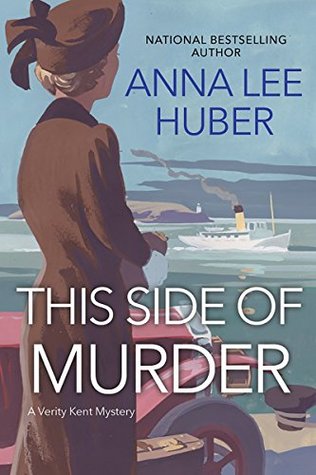
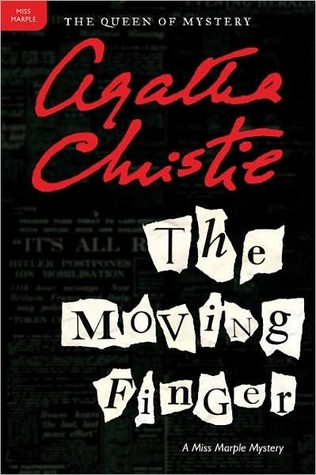


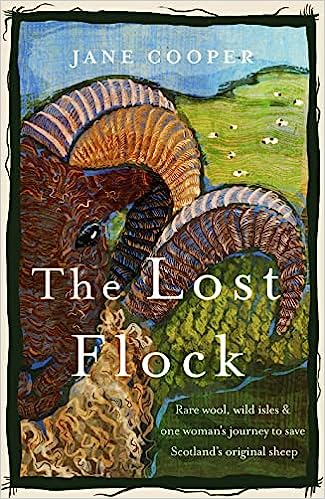
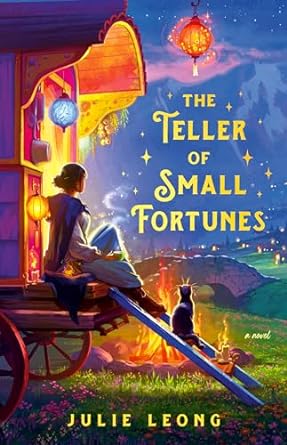
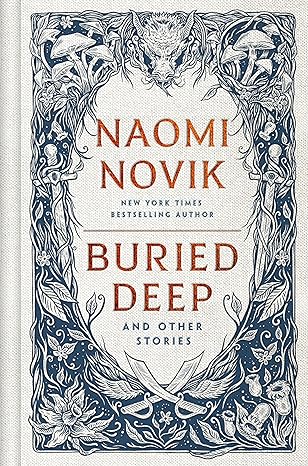
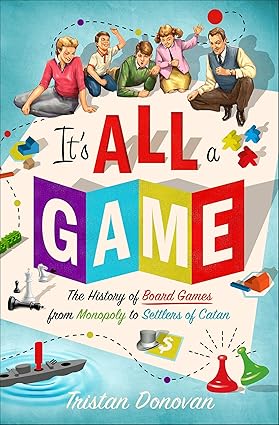

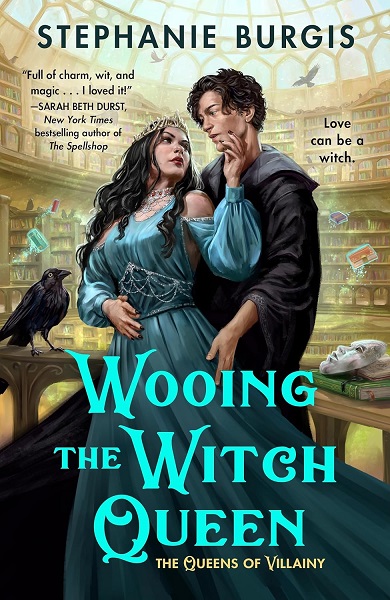

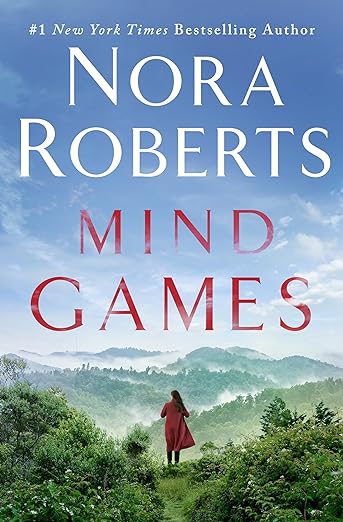


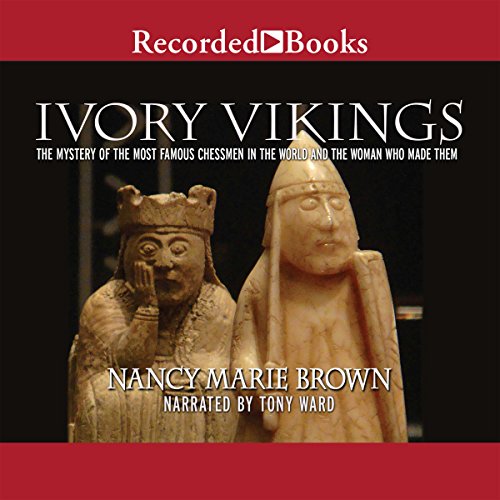

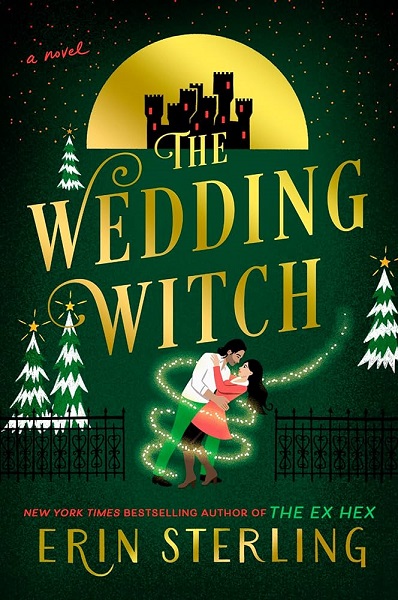


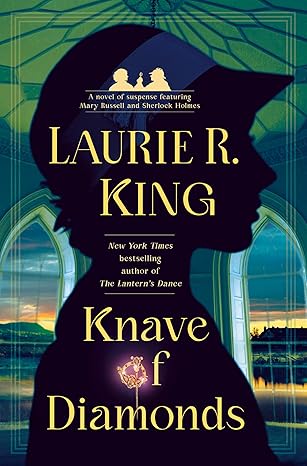






Lola
That’s a stunning dragon picture! Just stopped by your post on Michelle her blog and the Temeraire series sounds really good! I haven’t read as many books with dragons, although a few with dragon shapeshifters.
Lola recently posted…Lola’s Ramblings: What Makes for Good World Building?
Lark_Bookwyrm
Isn’t it? Lockwood is a really good artist, and I think he really captured the essence of dragon aerial warfare — in this instance, combined with naval warfare, Napoleon is trying to invade England, so think a mashup of Master and Commander and the Battle of Britain.
kimbacaffeinate
DRAGONS you say? I am heading that way!
kimbacaffeinate recently posted…One Touch More by Mandy Baxter
Lark_Bookwyrm
Dragons indeed! Have fun!